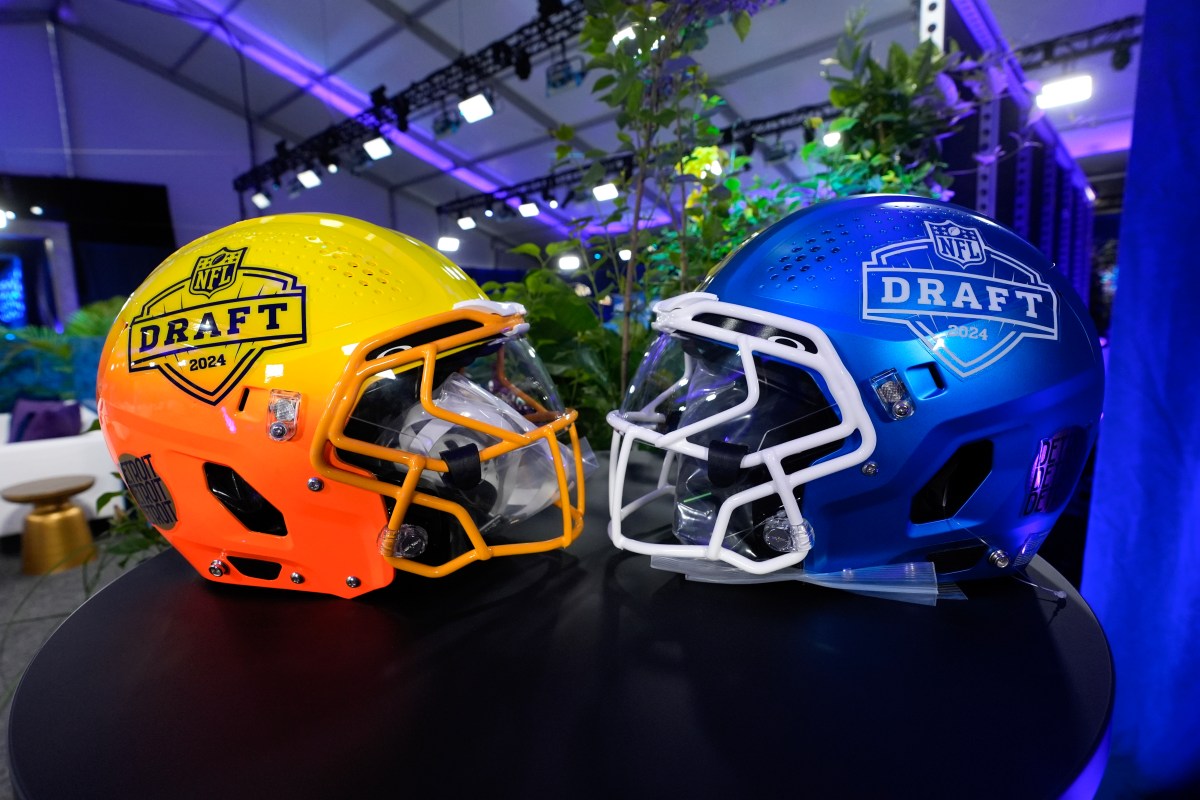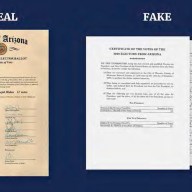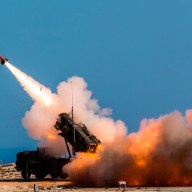Dianne Scott of Whitby writes, “Maybe you can get an answer for me on just when GO will be putting the new locomotives on the Lakeshore corridor?”
Many train riders are keen to know when the sleeker, more powerful engines will start pulling 12 rail cars — two more than now. As with GO’s new double-decker buses, it seems we must wait while these novel vehicles are fully tested.
According to a detailed response for In Transit, GO expects the longer trains will begin running full time on the Milton line “by this summer.” Three of GO’s most crowded trains are on this route.
GO did not provide a formal date for complete 12-car service on the busy Lakeshore corridor, but “customers will probably see them on Lakeshore lines when we start to use them on the Milton line.” This means look out for occasional appearances until officials are sure of a date.
GO must extend some station platforms before running longer trains, and further construction is due this spring.
I forwarded the transit agency’s response to Scott, who replied, “If GO would only communicate this type of detailed information to their passengers perhaps we would be a less disgruntled group of commuters.”
Dan Hammond of Transport 2000 Ontario points out, “GO has operated 12-car trains in the past” and the real need is for more frequency — not larger trains. GO managing director Gary McNeil says extra tracks must be built for trains to run more often. Work is underway along CN Rail’s Lakeshore corridor (thanks to provincial funds) and there are similar plans for the Milton line, owned by CP Rail.
McNeil says the extra cost of running two engines was a main factor in ending 12-car trains during the 1990s. The new MP40 unit is a “one-of-a-kind locomotive,” he says, designed specifically for GO because just one manufacturer makes such powerful commuter rail engines. These 4,000-horsepower units have only undergone “safety critical testing” before arriving in Toronto, he says, and a multi-step commissioning process is necessary.
As for rumours about these MP40s being “lemons” and already failing, McNeil confirms the current breaking-in period is normal. He insists the locomotives “perform well, they accelerate well, we’re certain that we have no problem pulling a 12-car train.” GO is “erring on the safe side” says McNeil, “in getting the locomotives out.”
He adds that updates on all GO’s improvements are reported publicly to the agency’s board of directors.
In my view, one of the big lessons of the recent GO petition is that the board must find a way to pass on such details to riders eager for relief from crowding and late trains.
Anticipation is so high there is even a website tracking the locomotives as they move from Idaho manufacturer Wabtec to Toronto.
















